

Mexico celebrates two major events this week: its independence from Spain, in 1810, and the beginning of Mexican Revolution in 1910. Miguel Hidalgo, left, was the priest who led the War of Independence against Spain. Unlike Great Britian, Spain's approach to its holdings in the New World was not one of improvement and setting up the institutions of a great civilization. The Spanish brought Catholicism to "New Spain" and enslaved the indigenous people. Spain had few liberal constitutional traditions from which the independent Mexican Republic could draw its government structure. During the Spanish inquisition, the Church asserted its power and used it to manage its New World colonies. Spain exploited Mexico for its gold and other natural resources. Although Mexicans revere the bravery of Hidalgo and his fellow freedom-fighters, independence did not lead to peace and prosperity here. The poor Mestizo and Indio populations continued to be exploited by the rich hacienda owners and controlled by the vast wealth of the Church. The United States promptly appropriated about half of Mexico's land, now much of California, Texas, Arizona and New Mexico. The irony is that illegal immigration into Mexico's land by American squatters gave the US a reason to go to war over this land. The seizure of this land by US troops created long-standing resentment in Mexico and makes the current focus on Mexican immigration so tragic.
In 1910, the peasants in Mexico rose in rebellion, led by their complex heroes, Poncho Villa (above right) Zapata, and Madero. This uprising was a result of the policies under the dictatorship of Porfirio Diaz who was letting foreign investors exploit Mexican natural resources and allowed the continual poor treatment of Mexican workers. While Mexican workers remained poor and undernourished, Diaz and his hacienda cronies basked in corruption and wealth. The Revolution, which lasted 10 years , eventually overthrew Diaz. By the time the Revolution ended in 1920, the church was no longer able to own land or participate in education or politics and much of the hacienda land was redistributed to the peasants and the indigenous people. (Actually some of this reform had started under the administration of the popular president Benito Juarez in the1880's before Diaz came to power). Poncho Villa, Zapata and Madero were popular leaders of the Revolution. Poncho Villa actually launched an attack on the United States, which actually owned 27% of Mexican land in 1900. He is remembered as the only Mexican who launched an attack on the US. General Pershing sent a contingent of US troops to Mexico to capture Villa, but they never did. He remains an complicated hero, portrayed as a bandit by some and a hero to many.
Today, Mexico is preparing for its bicentennial as an Independent Republic on September 16. Flags are for sale on street corners and many businesses will be closed Wednesday September 15 and Thursday September 16. On the evening of September 15, crowds gather in the plaza of every puebla in Mexico to hear the reading of the grito, Hidalgo's declaration of Independence from Spain, followed by a huge fiesta and fireworks. We plan to be in the Ajijic plaza for this momentous event.
Yesterday, I went into San Antonio, the town between Ajijic and Riberas, where we live. Besides a good supermarket there, which stocks many American products if you want to pay through the nose, San Antonio recently opened a pescaderia, or fish market where we can buy a variety of fresh fish several time a week. It is also where we go to Handy Mail to get our mail which is brought down twice a week by courier from our Laredo, Texas post office box (they sell water treatment products in Handy Mail too).


While I was in San Antonio, I came upon a Mexican funeral. Typically, these funerals are very simple. Family and friends usually sit with the body all night after the death, eating, drinking, and reminiscing about the person's life. For burial, we often see people carrying a wooden coffin, followed by family and friends in procession to the local cemetery. Yesterday, I saw such procession. Instead of carrying the coffin, in this case, the people were actually walking behind a hearse.






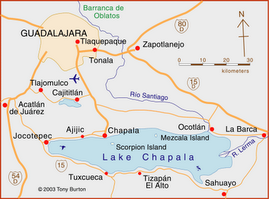






















































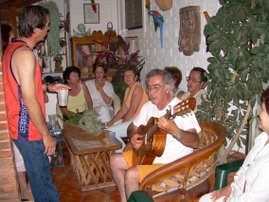






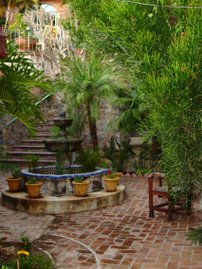
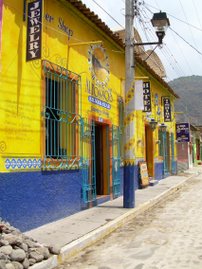
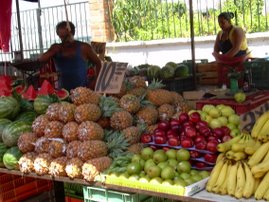


2 comments:
balenciaga trainers
kobe shoes
nike air max 2019
yeezy boost 350 v2
nike air max 270
russell westbrook shoes
jordans
cheap nfl jerseys
coach outlet online
adidas superstars
off white
golden goose outlet
off white x jordan 1
moncler jackets
goyard
supreme clothing
hermes online
kyrie 5
supreme hoodie
stone island sale
Post a Comment